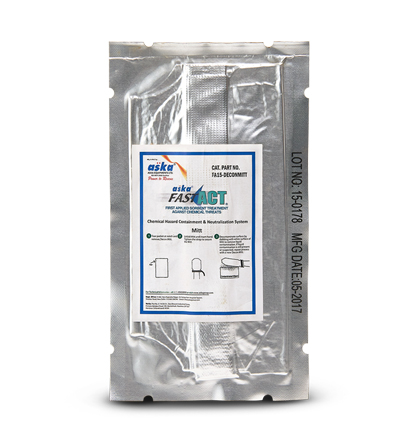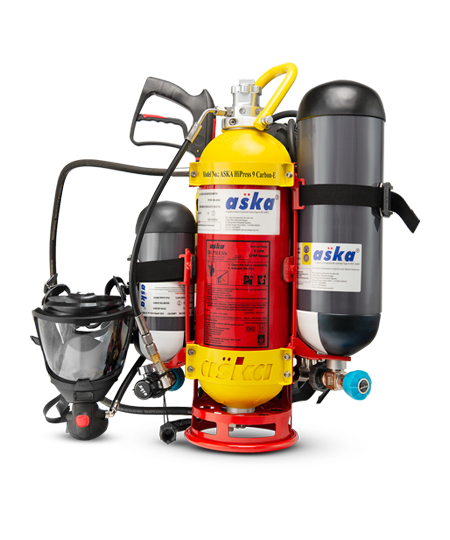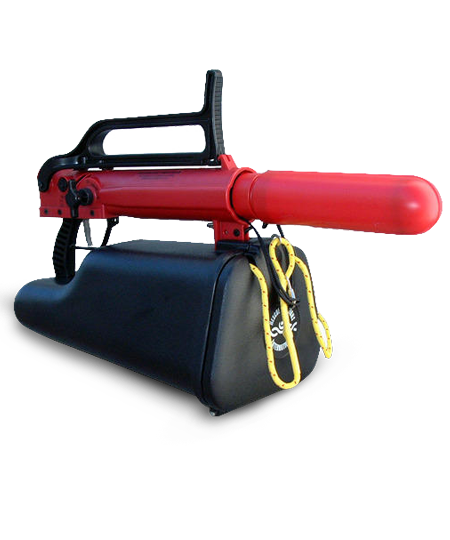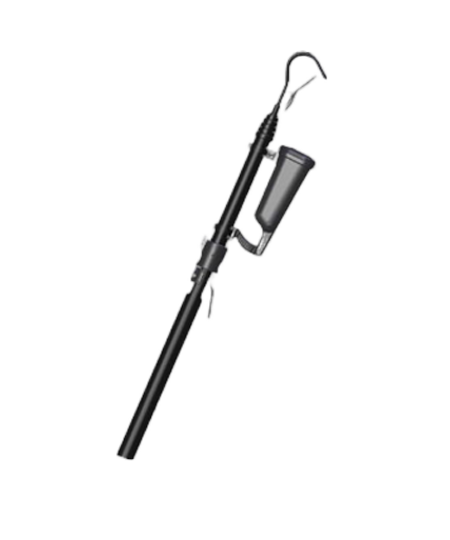
Decontamination Hand Gloves ( DECON - MITT)
ASKA Decontamination hand gloves is for protection of the palm against the direct contact of the FASTACT

Neutralization
Real-Time

Covers
Vapours, Fumes & Liquids

Ready to use
No water required

Safe
Non-Toxic, Non-Corrosive
Description
FAST-ACT is a combination of common metal oxides (MgO + TiO2) with a unique morphology. It has nanomaterial properties with a final particle size of nearly 5μm. The production process creates an altered, non-toxic molecular structure with a large increase in porosity and surface area.
How Does It Work?
Nanomaterials, by nature, tend to agglomerate. Because the molecular structure of FAST-ACT is incomplete, it binds to any reactive substance using "ionic bonding." It utilizes the targeted chemical's ions to try and complete its own structure, resulting in the neutralization of many hazardous chemicals through a process now known as "destructive adsorption." The large surface area, with numerous corners and edges containing many unsaturated ions, makes it effective on liquids and vapors of hazardous compounds.
FAST-ACT literally binds and destroys the contacted chemical, resulting in a non-hazardous, neutralized by-product.
FAST-ACT residue is MgS after reaction with H2S.
Features
- Mitt has been designed to decontaminate equipments, clothes, weapons, helmets and Palms safety etc.
- Real time, on-site neutralisation of chemical threats
- Effective against vapours, fumes and liquids
- Safe, non toxic, non corrosive
- Ready to use formulation - no mixing, no water required
- Wide spectrum toxicity management
- No residual hazard - easy disposal
- Can be use in open areas for self safety in case sudden release of chemicals (escape path)
| Neutralisation | Adsorption | Non Effective | ||
|---|---|---|---|---|
| CORROSIVE MATERIALS | VAPOUR HAZARDS | LIQUID SOLVENT SPILL | ||
| ACIDS | HALOGEN / HALIDES | ACIDS & CAUSTIC GASES | ALCOHOLS / PHENOLS | BIOLOGICALS |
| Inorganic and Organic | Acetyl Chloride | Hydrogen Chloride | Ethanol | Bacteria |
| Hydrochloric Acid | Chloroacetyl Chloride | Hydrogen Fluoride | Methanol | Viruses |
| Hydrofluoric Acid | Chlorine | Hydrogen Bromide | Allyl Alcohol | Spores |
| Nitric Acid | Chloroform | Nox/N204 | Nltrophenols | NUCLEAR |
| Phosphoric Acid | Hydrogen Bromide | Sulphur Dioxide | Chlorophenols | RADIOLOGICAL |
| Sulphuric Acid | Cyanogen Chloride | HEAVY METALS | ||
| Acetic Acid | Methylene Chloride | HALOGENS | CAUSTICS | SOLID WASTE |
| Methanesulfonic Acid | Carbon Tetrachloride | Chloride | Metal Hydroxides (aq) | |
| Ethanesulfonic Acid | TCE, PCE | Bromine | ||
| Benzenesulfonic Acid | Iodine | PETROCHEMICALS | ||
| Toluenesulfonic Acid | PHOSPHORUS | Diesel | ||
| Hydrogen sulfide (H2S) | Pesticides | VOLATILE ORGANICS | Gasoline | |
| DimethylmethylPhosphnate | Methyl Mercaption | Olis | ||
| BIS (2-CHLOROETHYL) SULFIDE | Paraoxon | Ethylene Oxide | ||
| Parathion | Formaldehyde | OTHERS | ||
| PINACOLYL | Phosgene | Acrylonltrlle | ||
| METHYLPHOSPHONOF LUORIDAT | SULPHUR | Arsine | Benzene | |
| 2-Chloroethyl Ethyl Sulfide | Hydrazine | |||
| O-ETHYL S | Methyl Mercaptan | CHLORINATED | Toluene | |
| (2-DISSOPROPYLAMINOETHYL) - | ORGANICS | Acroleln | ||
| MET HYLPHOSPHONOTHIOATE | PHENOLS | Acetyl Chloride | Methylhydrazlne* | |
| Nitrophenols | Chloroacetyl Chloride | Methyllsocynate* | ||
| CARBONYL COMPOUNDS | Chlorophenols | Chloroform | ||
| Aldehydes | Methylene Chloride | |||
| Ketones | CHEMICAL WARFARE AGENTS | |||
| Carboxylic Acids | Sulphur Mustard (HD) | |||
| Tabun (GA) | ||||
| NITROGEN COMPOUNDS | Sarin (GA) | |||
| Acetonitrile | Soman (GD) | |||
| Sodium Cyanide (AQ) | VX & H2S | |||
| 4-Vinylpyridine | ||||

 Download Brouchure
Download Brouchure Enquiry Now
Enquiry Now









 +91-11 49458800
+91-11 49458800 sales@askagroup.com
sales@askagroup.com